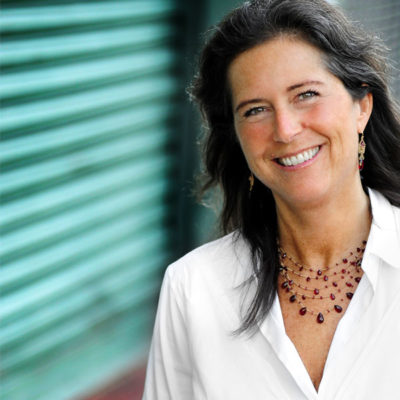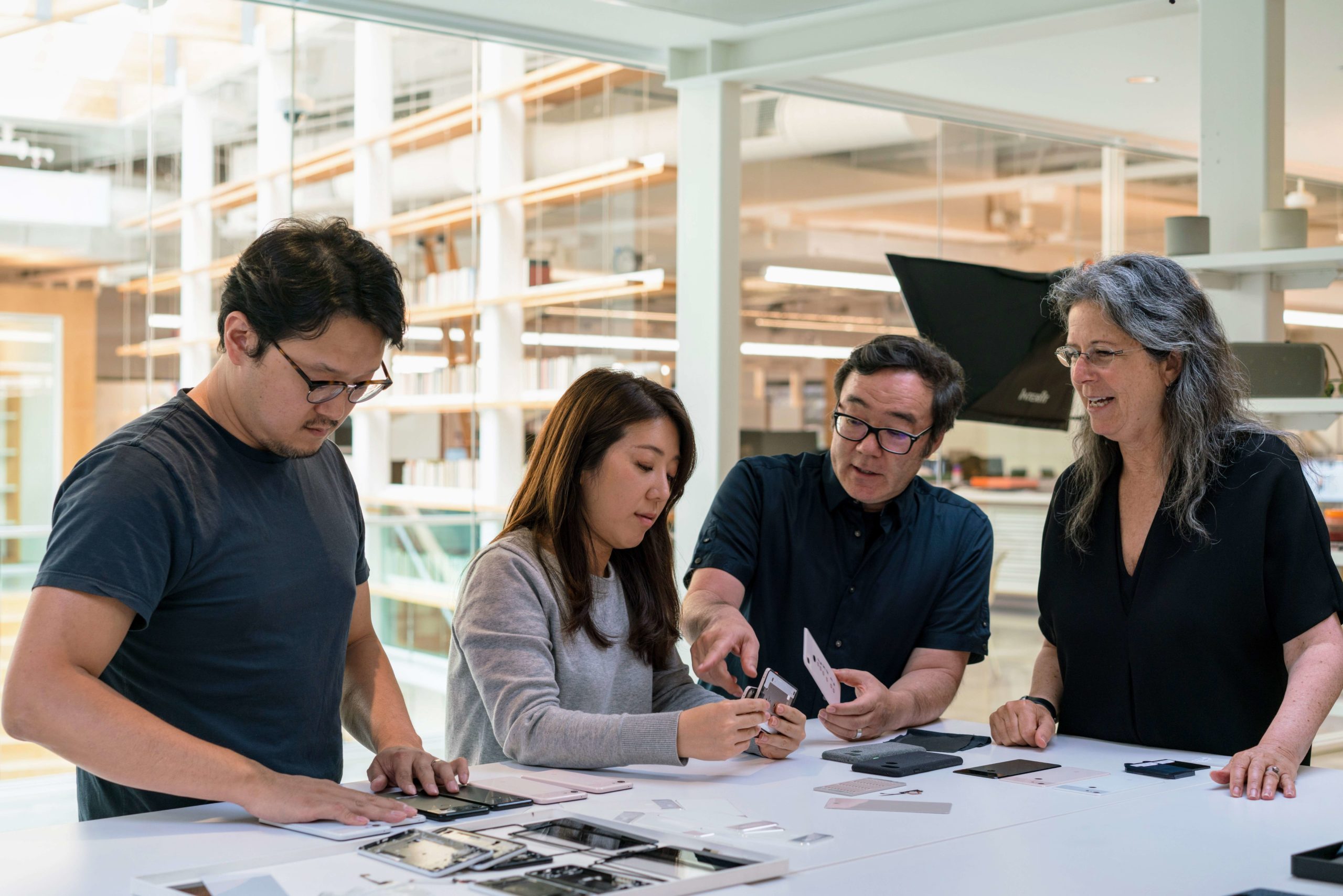Thinking
Ivy Ross,
VP of Hardware Design, Google: Fast Company’s Most Creative on Designing Hardware for Billions

Ivy Ross, VP of Hardware Design, Google
Ivy Ross, one of Fast Company’s Most Creative, defines how billions of people across the globe interact with technology. She shares how she leads her teams into the future.


What will customers’ experience of Google’s hardware look and feel like in the future?
We will continue with our three main design principles to create products that are human, optimistic and bold, but how that shows up will evolve over time in order to surprise and delight our users and inspire new audiences. We will be using more sustainable processes and materials as we continue to push those boundaries.
Design is about solving problems and sustainability is one of the greatest problems of our time, so we must do our share. Our products will continue to amplify our senses whenever possible, as I believe we are craving more of that as a society.
What boundaries are you pushing at Google and what do you hope the impact will be?
I believe that you can affect millions of people’s lives, even within boundaries, while still being as creative as possible. Some of the boundaries we take into consideration at Google revolve around price, the time it takes to design and build a product before it gets into users’ hands, and the privacy and security of our users – to name just a few.
But even after taking all of these into consideration and working within these boundaries, we hope the beautiful products we make play a helpful role in people’s lives, and that they not only look good, but feel good and are accessible to people.

Design is about solving problems and sustainability is one of the greatest problems of our time, so we must do our share.
How do you solve for, or design for, rapidly evolving expectations?
Society is changing rapidly and the world is more dynamic than ever. We are constantly doing research and taking the pulse of what is on people’s minds and what they want from their technology. We even work with users in their homes to observe how they use their products. At the same time, we look ahead to our users of the future and try to better understand what younger generations will want from technology to better understand what is on their minds and what their challenges and dreams are.
Within the design team, we have a small group that are constantly reading a cross section of trend reports that focus on and aggregate sociological trends to help inspire and inform our choices. Having a cultural cross-section is also important, so I have the design team cover a variety of design, material and color shows around the world too. We do not take inspiration from looking at other electronics but rather from life and how we want to live. We use a mix of data and intuition to create a hypothesis about the future.
What is your experience of being a senior female leader in one of the World’s most important technology brands?
I think the important thing is to have diversity of perspective in all technology companies. This extends beyond gender too, so having a diverse group of folks seeing things differently and asking different questions is important, as we create tools that in the future, a variety of people will use.
My advice to other leaders would be to stay true to yourself using the unique gifts you have. Don’t look around and become just like others but become more of yourself through your leadership. Be fearless and speak your truth, practice deep listening and be in service to others, and to our planet.